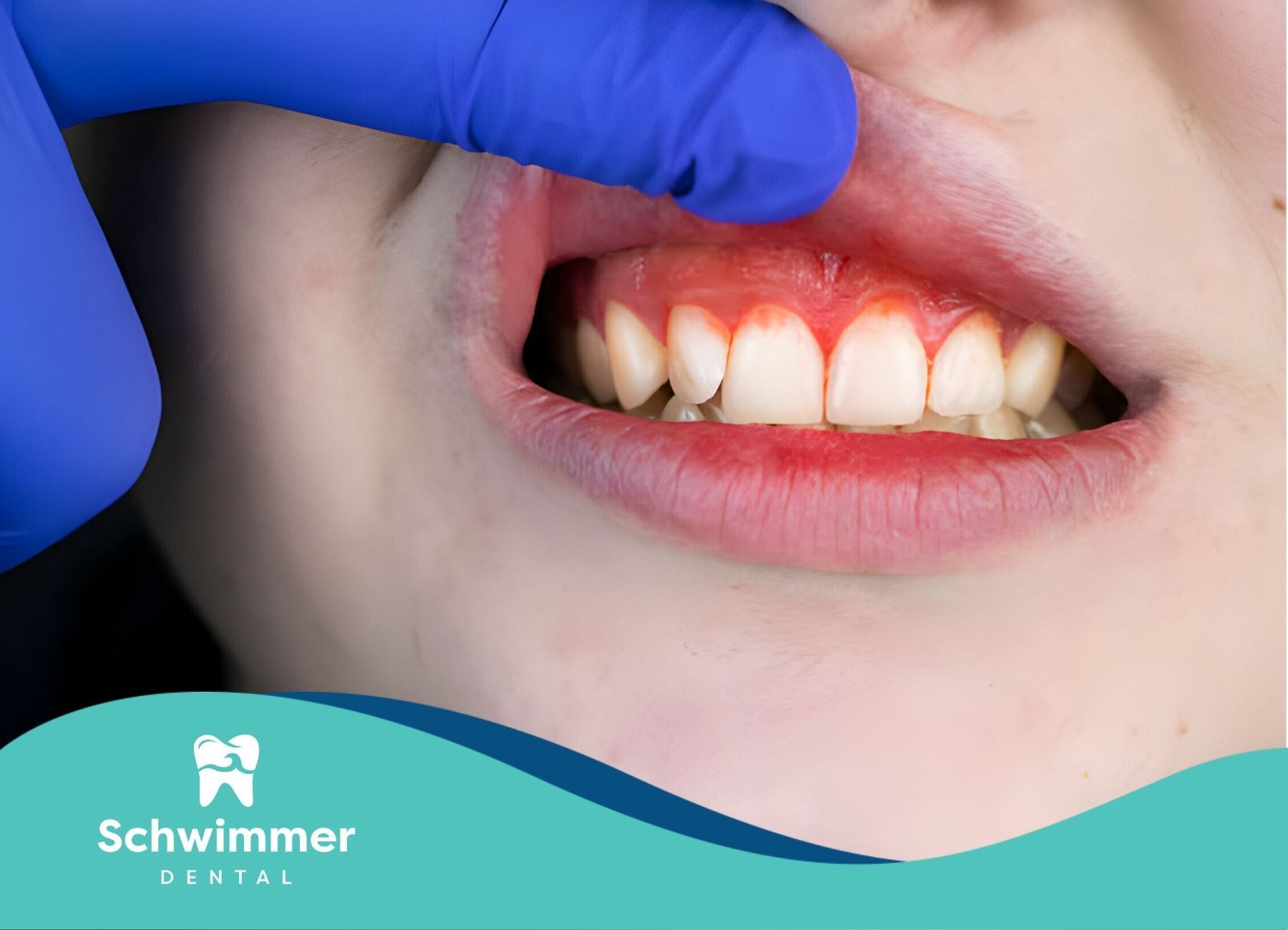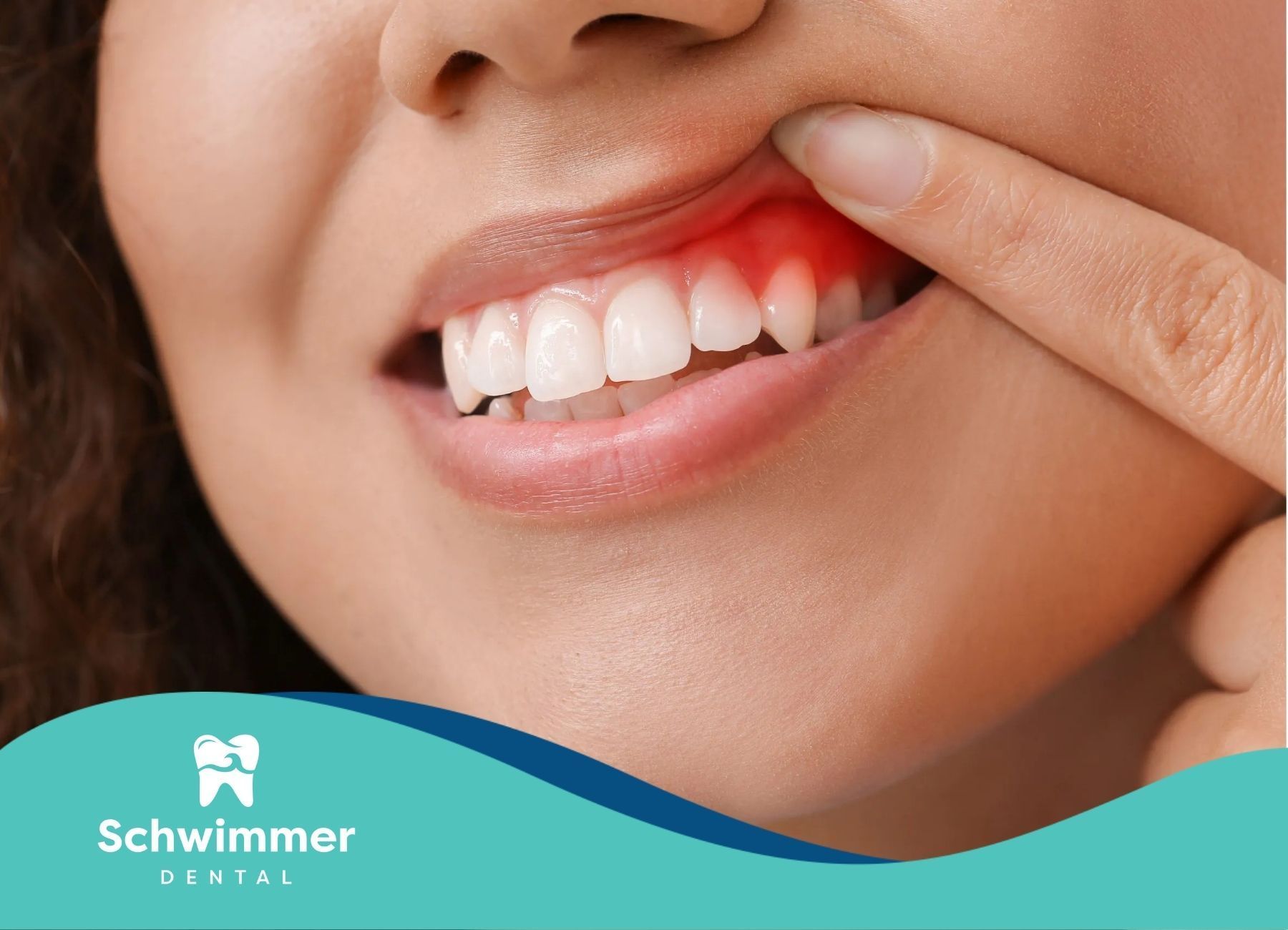Have an appointment? Complete the Intake Form
Healing Dental Cavitations Naturally: Expert Tips
When we think about dental health, we often focus on teeth and gums. However, the jawbone plays a crucial and often overlooked role in overall body health and well-being. Dental cavitations, a condition affecting the jawbone, can significantly impact not just oral health but overall health. This blog post aims to provide a holistic approach to understanding, identifying, and addressing dental cavitations naturally. We'll explore the causes, symptoms, and the importance of seeking professional treatment while incorporating natural remedies to promote healing.
Understanding Dental Cavitations
Dental cavitations, also known as jawbone cavitations, are a relatively unknown but potentially serious dental health concern. They occur when areas of dead bone within the jaw die, creating cavities. These cavities can become a breeding ground for harmful bacteria, leading to various local and systemic health issues.
While not widely discussed, it's crucial to understand dental cavitations and their potential impact on your health. Let's explore this condition in more detail, covering its definition, causes, symptoms, and available treatment options.
Definition and Overview of Cavitations
In essence, a dental cavitation is an empty space that forms within the jawbone. This void typically occurs at the site of a previous tooth extraction, particularly in cases involving wisdom teeth. Instead of the bone healing and filling the socket completely, sometimes, a pocket of necrotic bone tissue forms, which can contain harmful elements like mercury.
This necrotic tissue fails to integrate with healthy bone and can become a haven for bacteria and toxins. Over time, these substances can compromise the surrounding bone and potentially lead to chronic inflammation and infection.
Recognizing the difference between a healthy, healed extraction site from an extracted tooth and one where a cavitation has formed is key. Dental professionals use various diagnostic tools, including x-rays and 3D imaging, to identify these often-hidden cavities within the jawbone.
Common Causes and Risk Factors
When a tooth is extracted, a blood clot forms in the socket to protect the area and promote healing. However, if the blood clot becomes dislodged or if the extraction site becomes infected, particularly after an infected tooth, it can disrupt the healing process and increase the risk of cavitation.
When a tooth is extracted, a blood clot forms in the socket to protect the area and promote healing. However, if the blood clot becomes dislodged or if the extraction site becomes infected, particularly after an infected tooth, it can disrupt the healing process and increase the risk of cavitation.
Other potential causes of cavitation include root canal infections, dental trauma, and the use of certain medications, such as bisphosphonates. Additionally, individuals with compromised immune systems or pre-existing health conditions may be more susceptible to developing cavitations.
Symptoms and Diagnosis of Dental Cavitations
Diagnosing dental cavitations can be challenging, as their symptoms often mimic other dental and medical conditions. Individuals may experience persistent pain in the jaw, face, or teeth, even after extractions or root canal treatments. Other common signs include headaches, earaches, and a metallic taste in the mouth.
If you suspect a dental cavitation, it's crucial to consult with a qualified dentist experienced in diagnosing and treating this condition. They can perform a comprehensive examination, including a physical exam, review of your medical history, and diagnostic imaging tests, such as x-rays or cone beam computed tomography (CBCT) scans, to determine if cavitations are present. Additionally, maintaining good oral hygiene by incorporating brushing into your daily routine can help in the prevention of dental issues.
Identifying Signs of Cavitations
Recognizing the early signs of dental cavitations is essential for seeking timely treatment and preventing further complications. While some individuals may not experience any noticeable symptoms initially, others may notice subtle changes in their oral health.
One of the most common signs is persistent discomfort or pain in the jaw, teeth, or surrounding areas, even after dental procedures like extractions. This pain may be constant or intermittent and can range in intensity from mild to severe, potentially indicating neuralgia. Additionally, swelling in the jaw or gums, particularly if it persists for an extended period, can also indicate a potential cavitation.
Another red flag is the presence of bad breath or an unpleasant taste in the mouth, which can indicate an underlying infection. If you notice any of these symptoms, it's crucial to consult with a dental professional to determine the cause and receive appropriate treatment.
Techniques Used in Diagnosing Cavitations
Diagnosing dental cavitations often requires a multi-faceted approach, as traditional x-rays may not always reveal their presence. Dentists may employ a combination of clinical examinations, patient history reviews, and advanced imaging techniques to accurately identify cavitations.
| Technique | Description |
|---|---|
| Cone Beam Computed Tomography (CBCT) | Provides detailed 3D images of the jawbone, revealing cavitations that may not be visible on traditional x-rays. |
| Panoramic Radiographs | Offer a wider view of the jaw and surrounding structures, aiding in the detection of potential cavitations. |
| Electrodermal Screening (EDS) | A non-invasive technique that measures electrical conductivity in the mouth, which can indicate areas of inflammation or infection associated with cavitations. |
Combining these methods allows dental professionals to develop a comprehensive understanding of the patient's oral health and determine the most effective course of treatment for dental cavitations.
Natural Remedies for Healing Dental Cavitations
While it's crucial to consult with a dentist for proper diagnosis and treatment of dental cavitations, several natural remedies can support your body's healing process. These natural approaches focus on reducing inflammation, boosting the immune system, and promoting healthy bone density and regeneration.
By incorporating these natural remedies alongside professional dental care, individuals can take a proactive approach to supporting their body's natural ability to heal with supplements. It's important to note that these remedies are not a substitute for professional dental treatment but can be used as complementary therapies.
If you're exploring natural ways to support healing from dental cavitations, it's important to work with a professional who understands both conventional and holistic approaches. Searching for a trusted dentist near me can connect you with experts who provide personalized care tailored to your health goals. Take the first step toward better oral wellness by scheduling a consultation today!
Effective Herbal Treatments and Their Benefits
Certain herbs possess potent anti-inflammatory and antimicrobial properties that can aid in addressing dental cavitations. These herbs can be incorporated into your daily routine through various methods, such as teas, tinctures, or capsules.
- Turmeric: This vibrant yellow spice contains curcumin, a powerful anti-inflammatory compound that can help reduce swelling and discomfort associated with cavitation.
- Oil of Oregano: Known for its potent antimicrobial properties, oil of oregano can help combat bacterial overgrowth within the oral cavity.
- Echinacea: A popular immune-boosting herb, echinacea can help strengthen the body's natural defense mechanisms to fight infections that may hinder cavitation healing.
Remember to consult with a qualified healthcare professional before incorporating any new herbal remedies into your routine, especially if you are pregnant, nursing, or taking any medications.
Dietary Changes to Support Cavitation Healing
Alongside herbal remedies, adopting specific dietary changes can greatly support the healing process of dental cavitations. Focusing on nutrient-rich foods that promote bone health and reduce inflammation is essential.
Ensure your diet includes an abundance of calcium-rich foods, such as leafy greens, almonds, and dairy products. Calcium plays a vital role in bone health and regeneration. Additionally, adequate magnesium intake is crucial, as it aids in calcium absorption. Incorporate magnesium-rich foods like avocados, black beans, and dark chocolate into your meals.
Moreover, prioritize anti-inflammatory foods like fatty fish, berries, and green tea. Reducing processed foods, sugary drinks, and excessive caffeine can further contribute to a healing environment within your mouth and body.
Conclusion
In conclusion, healing dental cavitations in dentistry naturally requires a holistic approach that combines effective herbal treatments, dietary changes, and proper oral care practices. By understanding the symptoms, causes, and risk factors associated with dental cavitations, you can take proactive steps towards promoting oral health and overall well-being. Embracing natural remedies not only aids in the healing process but also supports long-term oral health maintenance. If you suspect you may have dental cavitations, consult with a healthcare professional for proper diagnosis and personalized treatment recommendations.
CTA: Schedule a consultation with a qualified healthcare provider for personalized guidance on healing dental cavitations naturally.
At Schwimmer Dental in New Jersey, holistic care meets expert dentistry. Their team understands the complexities of dental cavitations and offers natural, patient-centered solutions to support healing and overall wellness. Looking for a clinic that prioritizes both your oral and whole-body health? Schedule a visit with Schwimmer Dental today and explore a more mindful approach to dental care!
Frequently Asked Questions
What are the first signs of dental cavitations?
Initial signs of dental cavitations can be subtle. Watch for persistent discomfort or pain in your jaw, teeth, or face, even without visible decay or a cavity. Swelling in the jaw or gums that doesn't subside may also indicate a problem.
Can dental cavitations heal on their own without intervention?
Unfortunately, dental cavitations typically don't self-heal due to the lack of blood flow in the necrotic bone. While natural remedies can support overall healing and oral health, treating the whole person through professional intervention is crucial to clean the area and promote proper healing.
Sources:
- https://iaomt.org/resources/position-papers/iaomt-jawbone-cavitations-position-paper/
- https://www.drbicuspid.com/dental-specialties/orofacial-pain/article/15375500/the-facts-about-dental-cavitations
- https://www.radiologyinfo.org/en/info/dentalconect
- https://www.radiologyinfo.org/en/info/panoramic-xray
- https://www.cornerstonehealth.ca/how-we-can-help/electrodermal-screening/
Need Assistance? We’re Here to Help
We are dedicated to enhancing your dental health and well-being.
We provide personalized dental care solutions for a confident, healthy smile.
Contact us today for Professional Dental Care.

Our caring staff will help you feel relaxed and comfortable in our state of the art office. We respect your time and pledge to deliver prompt service, backed by the latest knowledge, techniques, and technology.
Email: Office@schwimmerdental.com
Tel: (848) 294-2385
Fax: (732) 899-3347
Address: 1115 Arnold Ave,
Point Pleasant, NJ, 08742
Schwimmer Dental – Website by CWS


